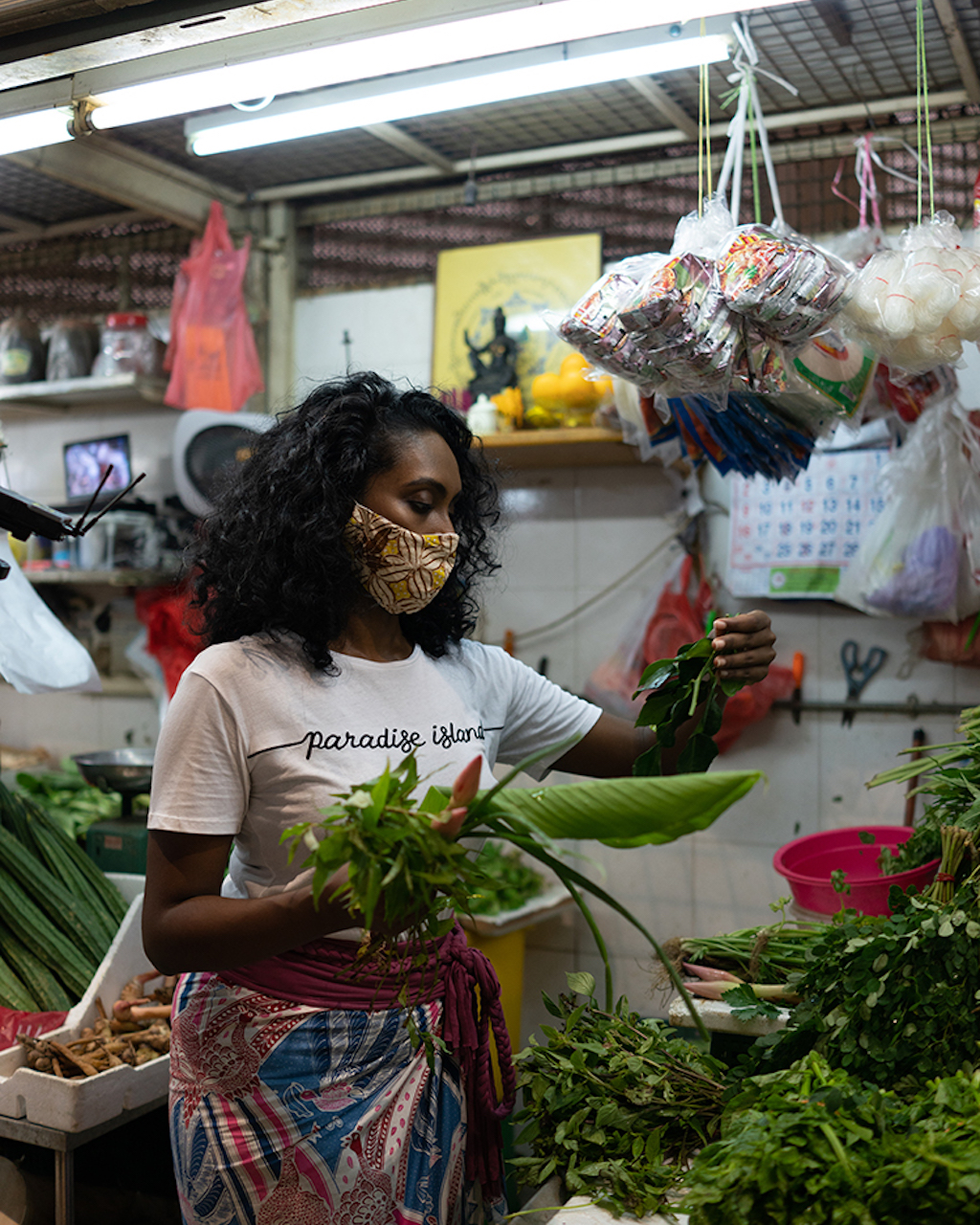
Culinary anthropologist and TV presenter Nithiya Laila is one of Singapore’s leading advocates for sustainable food. Through her media appearances, hugely successful pop-up food events and partnerships with the city’s top restaurants, she is committed to raising awareness around local ingredients.
In early October, she appeared in a video series, “A Singapore State of Mind”, a partnership between Ink and the Singapore Tourism Board, where she took viewers on a trip around the city’s wet markets and urban farms, exploring what makes Singapore food so special and the challenges it faces in the coming years. Check out Nithya’s full video, which is centered on the theme of Unity, here.
Read on as Nithya takes us through some of the most exciting food experiences the city has to offer through her own eyes – from a hearty heritage breakfast to cutting-edge cocktails.
1. Breakfast of champions
These days, much of Singapore’s traditional breakfast foods – prata, pao, kaya toast – are coming from some central, industrial kitchen, rather than being hand-made individually in each shop. I’m quite lucky to be in a neighbourhood where some of these old heritage breakfast places are still around, and when I find them, I support them.
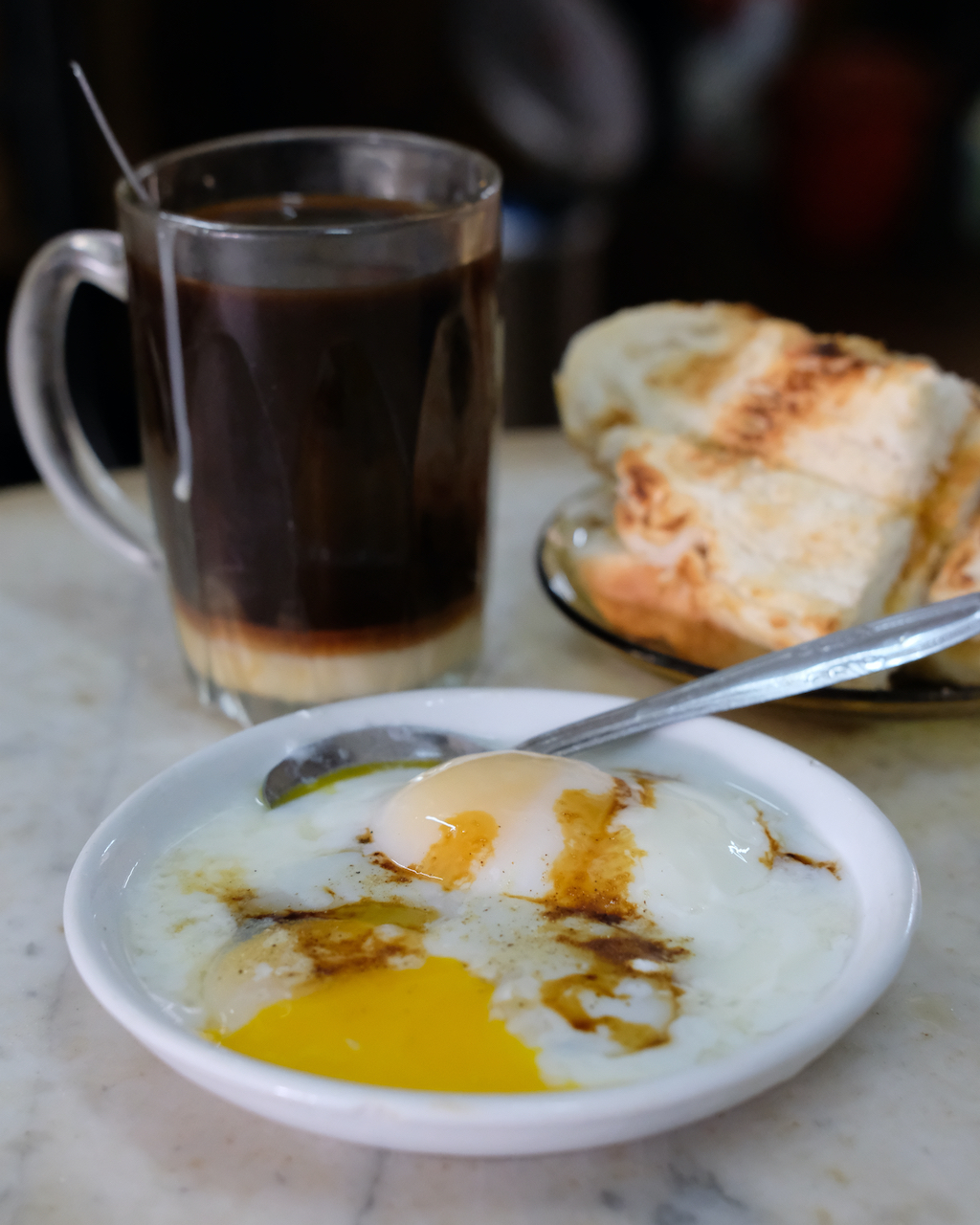
Near the Lavender MRT station, in an old HDB block on North Bridge Road, is Heap Seng Leong (10 North Bridge Road, #01-5109), run by an aging father-and-son team. It’s my local coffee spot, and they do kopi gu you (coffee with a pat of butter), kaya toast and eggs. The place hasn’t changed in years – with old wooden furniture and marble tiles, and it’s unclear if the next generation is going to take over.
In the front of Heap Seng Leong is a Malay place that still makes curry puffs from scratch. They have a dough mixer on-site, so they roll out the pastry, make the stuffing and do the frying at the shop. Curry puffs are another one of those products that used to be done individually by each makcik (Malay for aunt), each one a bit different. But these are one of the best in the quickly gentrifying Lavender area.
Right next to my apartment building, on Jalan Besar, is a place called Chin Sin Huan. It’s a family business that makes fresh, handmade pau – red bean steamed pau, yuan yang pau with salted duck egg and char siew pau. The second generation has taken over, and it’s got a nice, updated aesthetic: all pink, emerald green and white. It’s nice to see the business transition. The quality is top-notch, and the crowd is really diverse. You see the old uncles and people from the yoga studio nearby, the lighting shop and the ad agencies around the corner.
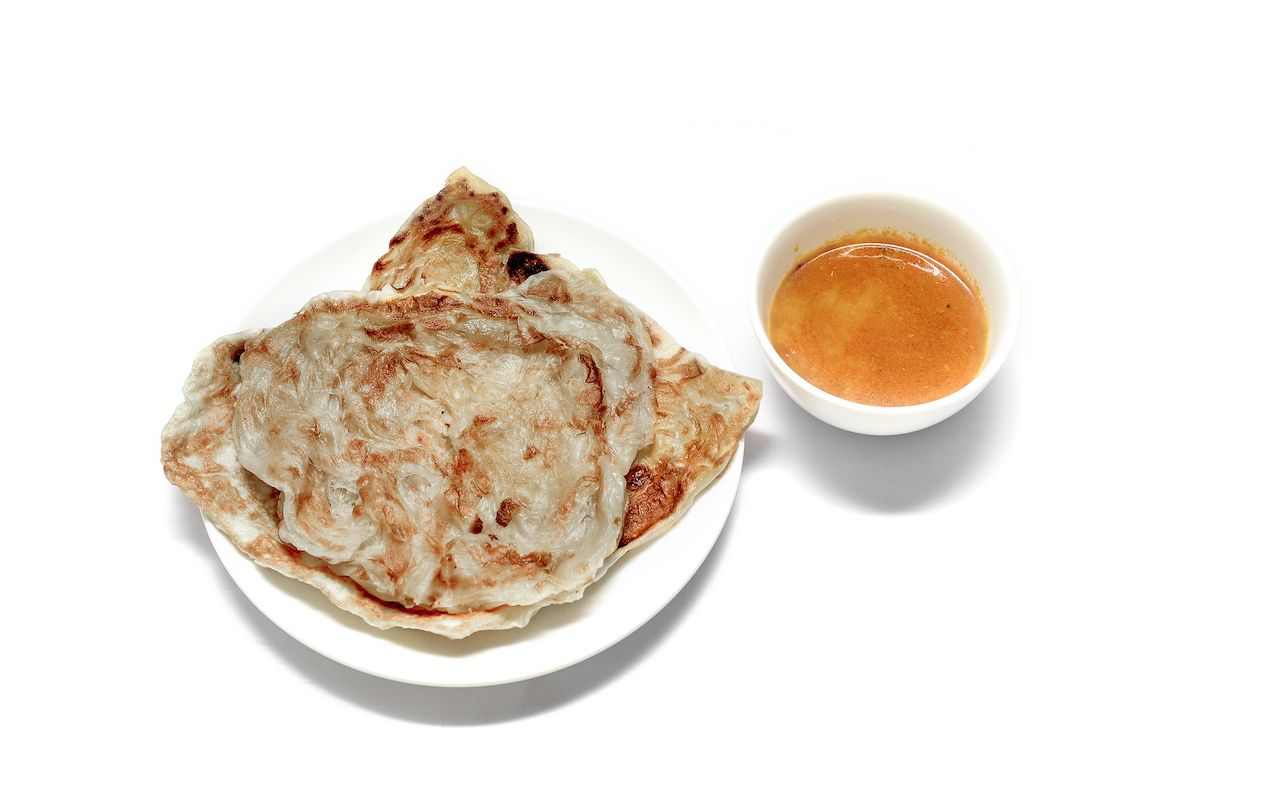
Over in the Joo Chiat area, I love Mr and Mrs Mohgan for the same reason: there’s a diverse crowd, across socio-economic backgrounds, all there for crispy prata and curry that’s still made in-house – things I used to take for granted growing up in Singapore. Many stalls now use industrial curry pastes and spice blends, but this place doesn’t take shortcuts.
2. A vegetable-packed lunch
It’s really hard to get vegetable dishes when you eat out, because storing vegetables and keeping them fresh is expensive. Even at Indian restaurants, you only get vegetarian thali meals for lunch, because the vegetables are delivered in the morning. It’s much more common to see meat dishes on the menu, and people are much more willing to pay, say, S$7 for a dish with a bit of beef or lamb in it than they are for a pure vegetarian dish.
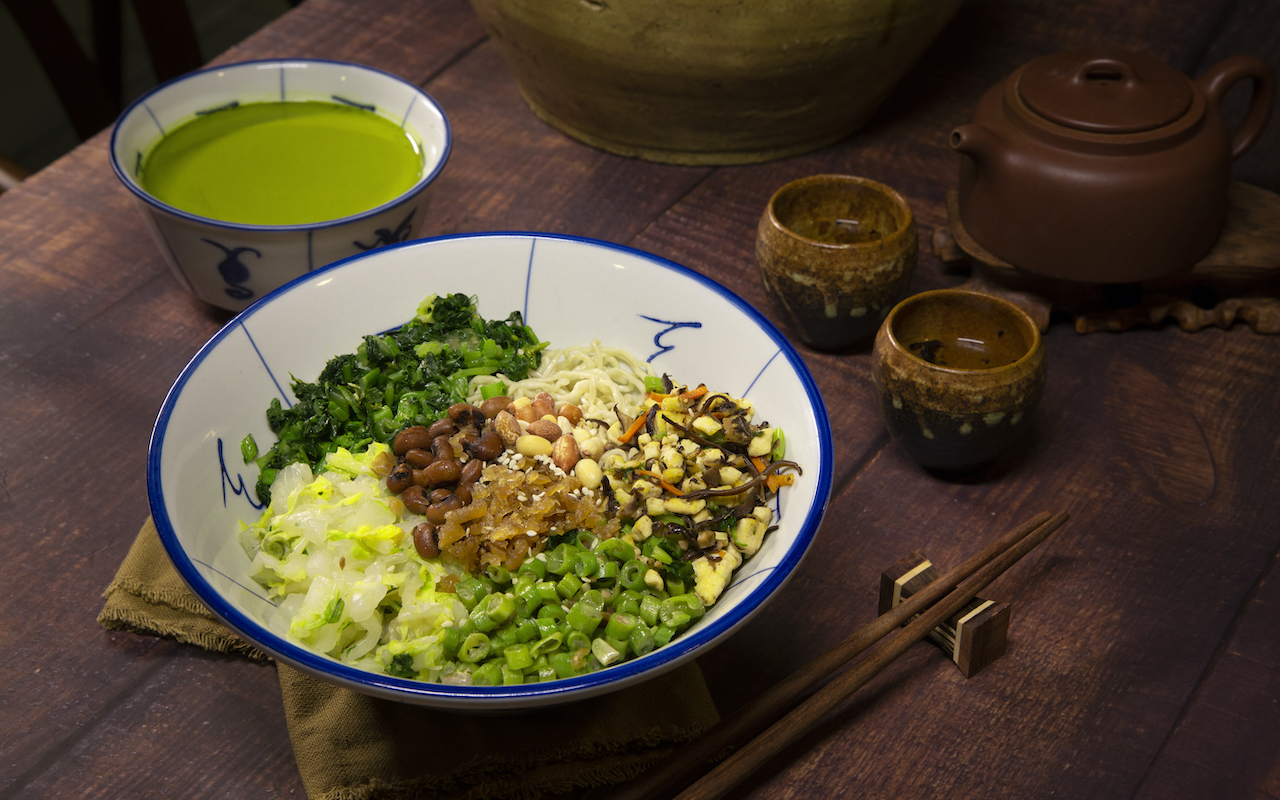
To me, the Hakka dish of lei cha – commonly known as thunder tea – is the original grain bowl, involving rice and vegetables mixed with a herbal sauce. Fire Flies Health Farm, an organic operation up in Kranji, operates Thunder Tree, which has two branches downtown: one at Raffles Hospital and one at People’s Park Centre. I get their kolo mee, which comes with springy yellow noodles, veggies from the farm, a wonderful lei cha sauce and an in-house sambal that has a lot of kick to it. They also have great braised mushrooms, yam cakes and other side dishes. It’s healthy, nutritious and I can buy produce while I’m there without going all the way up to Kranji.
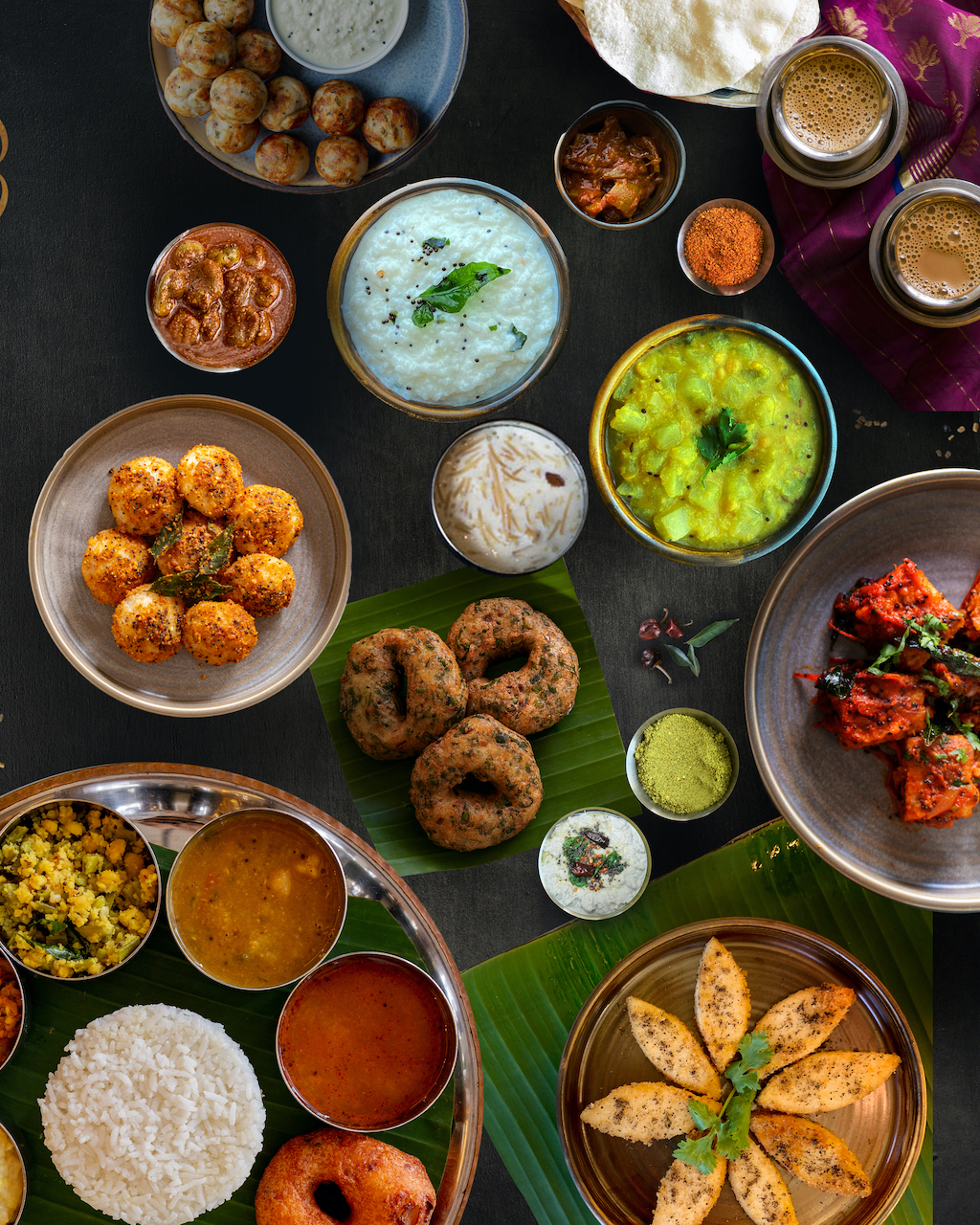
In Little India, I love the vegetarian restaurant Podi & Poriyal, a beautiful and bright space that does a South Indian thali at lunch. It reminds me of eating in my grandmother’s kitchen, when she feels like making a very traditional meal on a brass plate.
I also love a good nasi padang, and the second floor of Geylang Serai Market has some of the best stalls in town. Sinar Pagi is very good – they do jackfruit curry, fried tempeh and dozens of other dishes, and there’s always a queue. Closer to the centre of town, in Bugis, Hjh Maimunah on Jalan Pisang has very good sambals, tahu telor and desserts such as kueh lopes. And the best part about nasi padang is that you can have something different every day – you don’t always have to go for the beef rendang. Get vegetable-based dishes such as the tapioca leaves, or the nasi ulam when it’s available.
3. Decadent dinner
When I go out, I look for restaurants that think about where their produce comes from. With the rise of hydroponic farming on a large scale, I believe Singapore will reach its food security goals, but there’s a chance we’ll all be eating kale and lettuce. It’s important that we don’t lose sight of the plants that are native to Singapore.
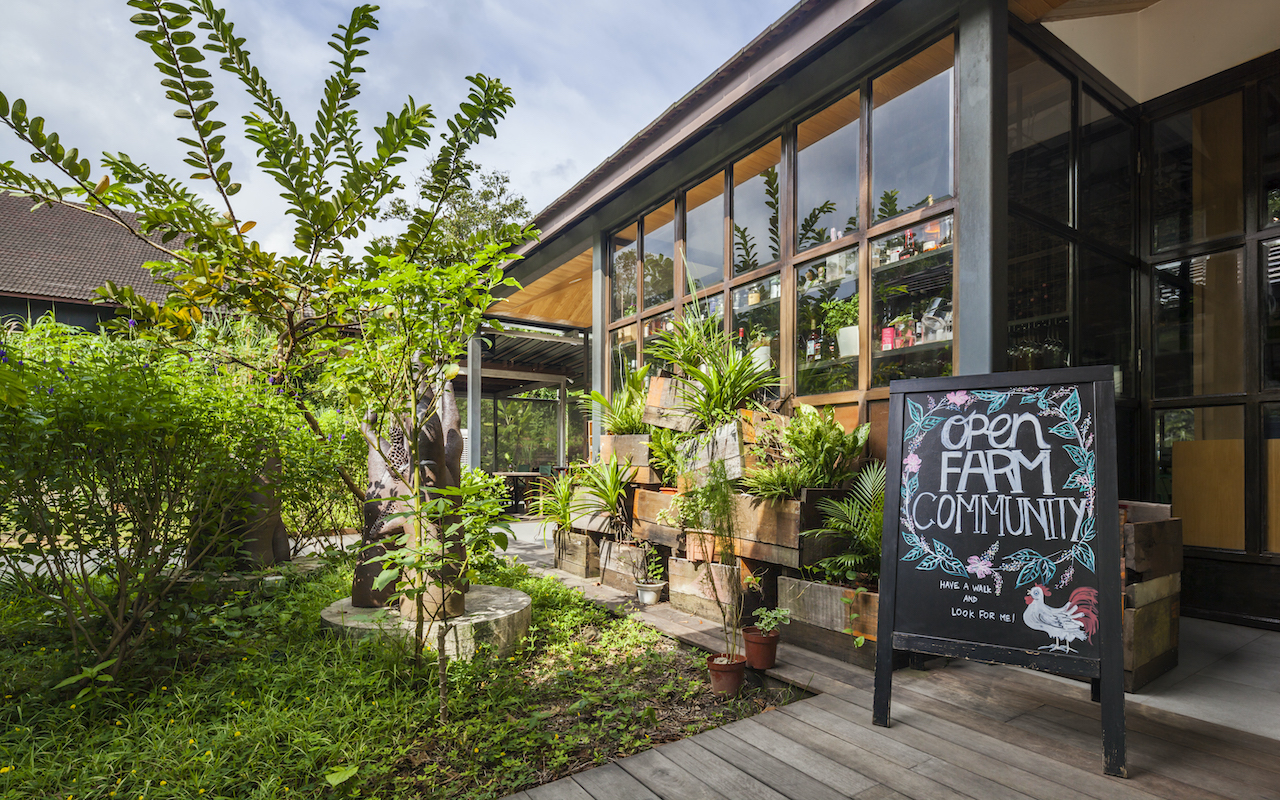
Open Farm Community on Dempsey Hill is doing farm-to-table very well, and they source the bulk of their ingredients from local farms. The current on-site farm is more ornamental, growing sugar cane, ulam raja and other special items that go on the menu. But they have a bigger production farm in the works that will support the menu even more.
In the neighbourhood of Serangoon Gardens, Mustard Seed and its young chef Gan Ming Kiat are doing an interesting tasting menu with native plants. The team has the technical background, but also the awareness of local ingredients such as belimbing and other traditionally foraged stuff. You’ll have to book a table months in advance, though.
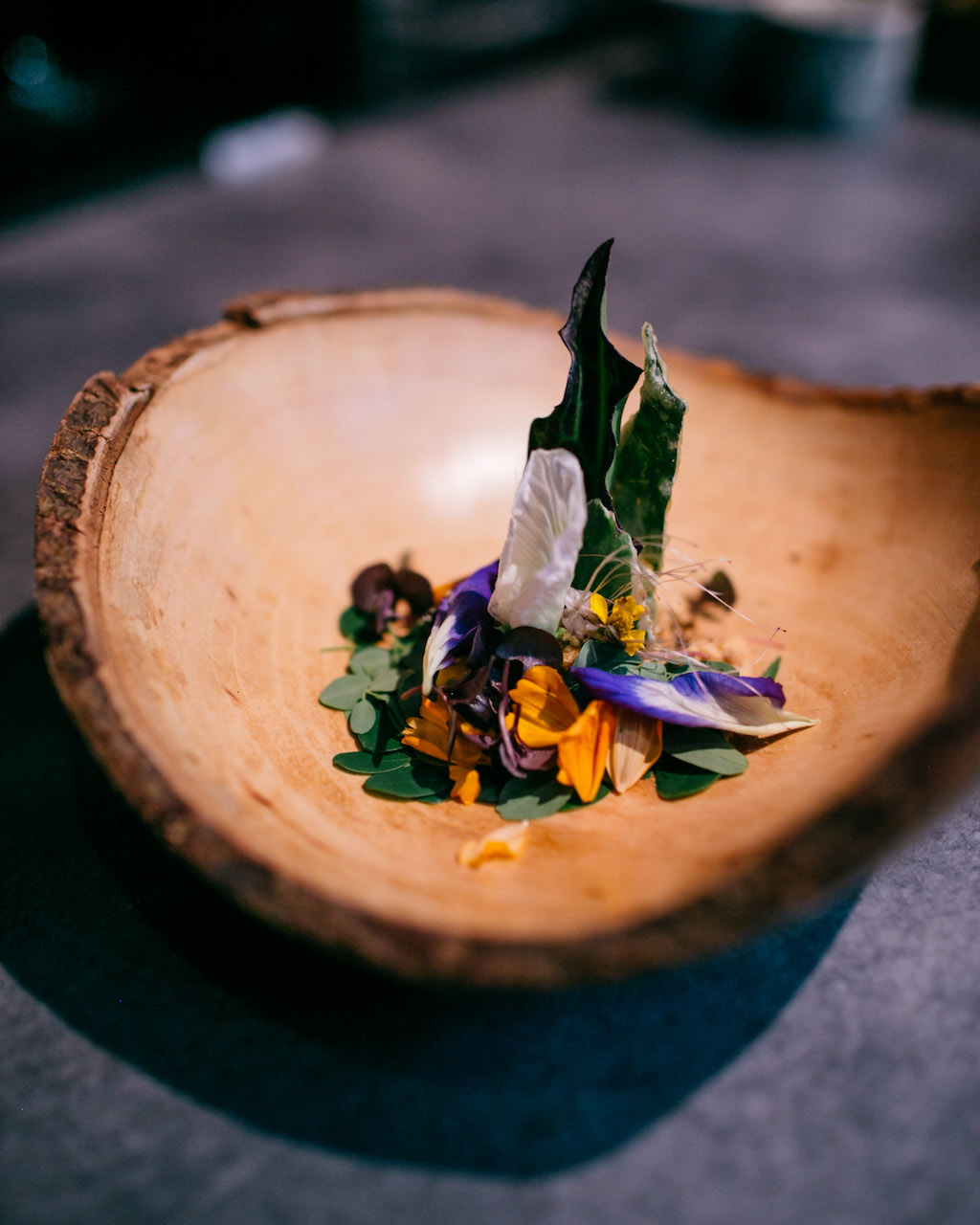
At Esplanade Mall in the heart of the city, chef Han Liguang is innovating on Singaporean dishes and flavours in a fine-dining space at Labyrinth. Modern-Singaporean cuisine, or “Mod-Sin” as it’s called, isn’t as prevalent and popular as it could be, because diners still prize Anglo-French-Japanese cuisine when eating out. Most formally trained chefs, even local Singaporeans, work in those traditions before learning to cook local ingredients in a restaurant space.
4. Cocktails with a native twist
A lot of native plants are ideal for cocktails, simply because of the relatively small scale at which we can find or produce them. I’m lucky that I get to work with some of the characters and eccentric geniuses in the local bar scene. I can give them a random ingredient I found or foraged, and they’ll make it into a drink – they’ll pickle it, ferment it, distill it. It keeps the farm-to-table ethos fresh and exciting.
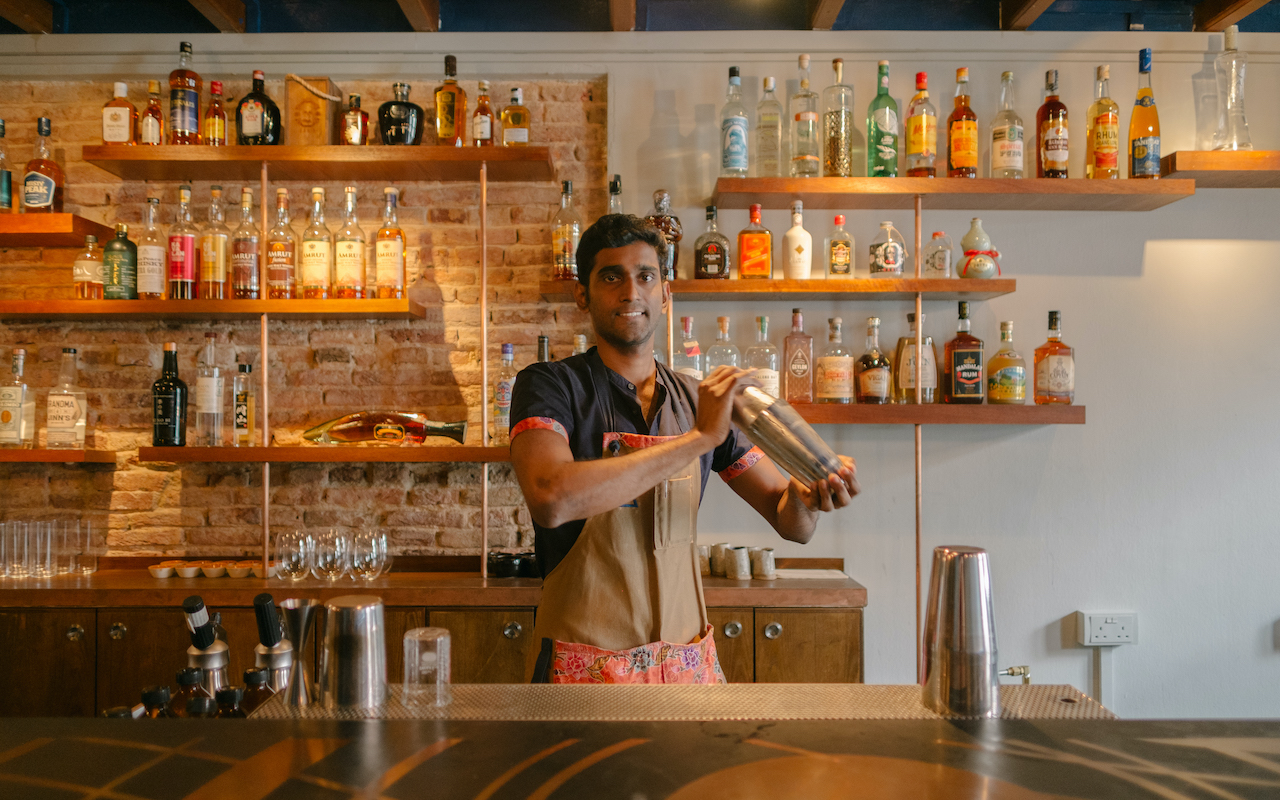
What Vijay Mudaliar has done with Native is really great – using regional plants and a zero-waste policy to create original cocktails and distilled spirits. Native’s former head bartender Leon Tan has recently opened Laut, also in the Telok Ayer area, a sleek space with a lot of experimentation and exploration around local ingredients and sustainable practices. And on Haji Lane, check out Oriental Elixir by Abhishek George, a veteran of the local bar scene.
Some of these images were shot before the start of the Covid-19 pandemic.
Please check the establishments’ respective websites for opening hours before visiting. Do also remember to adhere to safe-distancing measures while out and about.
SEE ALSO: A film series sparks new reasons to love Singapore
The post A food-filled day with Nithya Laila, one of Singapore’s most committed foodies appeared first on SilverKris.
from SilverKris
No comments:
Post a Comment